The best handheld GPS
Roam the outdoors without getting lost, with the best handheld GPS devices
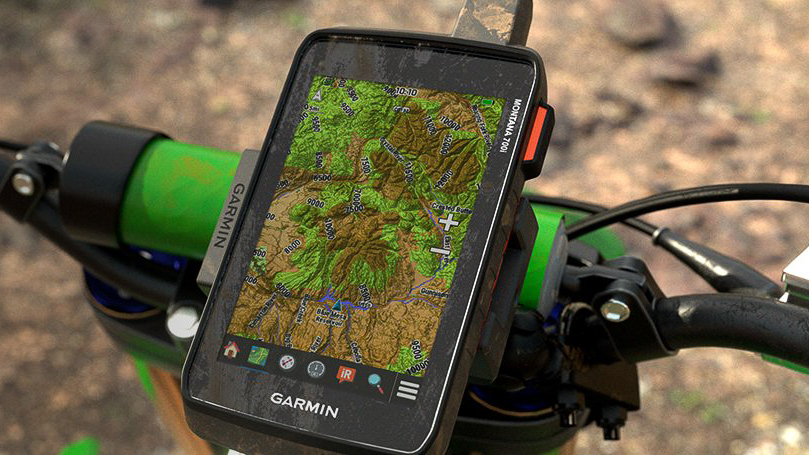
The Quick List ↩
1. Best overall
2. Best budget
3. Best value
4. Best connectivity
5. Best all conditions
6. Best for explorers
FAQs
How to choose
How we test
The best handheld GPS device is an essential companion for your outdoor escapades. Whether you're an adventure seeker, a geocaching enthusiast, or a photographer seeking the perfect landscape shoot, these handy little devices will help you find your way.
In today's world, we've grown accustomed to relying on our smartphones and in-car navigation systems to guide us through the concrete jungle. However, when you venture into the natural world, the game changes entirely. Cellular coverage becomes a luxury, and those trusty coffee shop Wi-Fi hotspots are nowhere to be found. That's where a dedicated handheld GPS device shines, offering built-in maps and a rugged design to withstand the elements.
To help you find the right one, we've curated a collection of the best handheld GPS devices on the market today. We'll explain what each has to offer, how they differ, and share the information you need to choose between them.
The Quick List
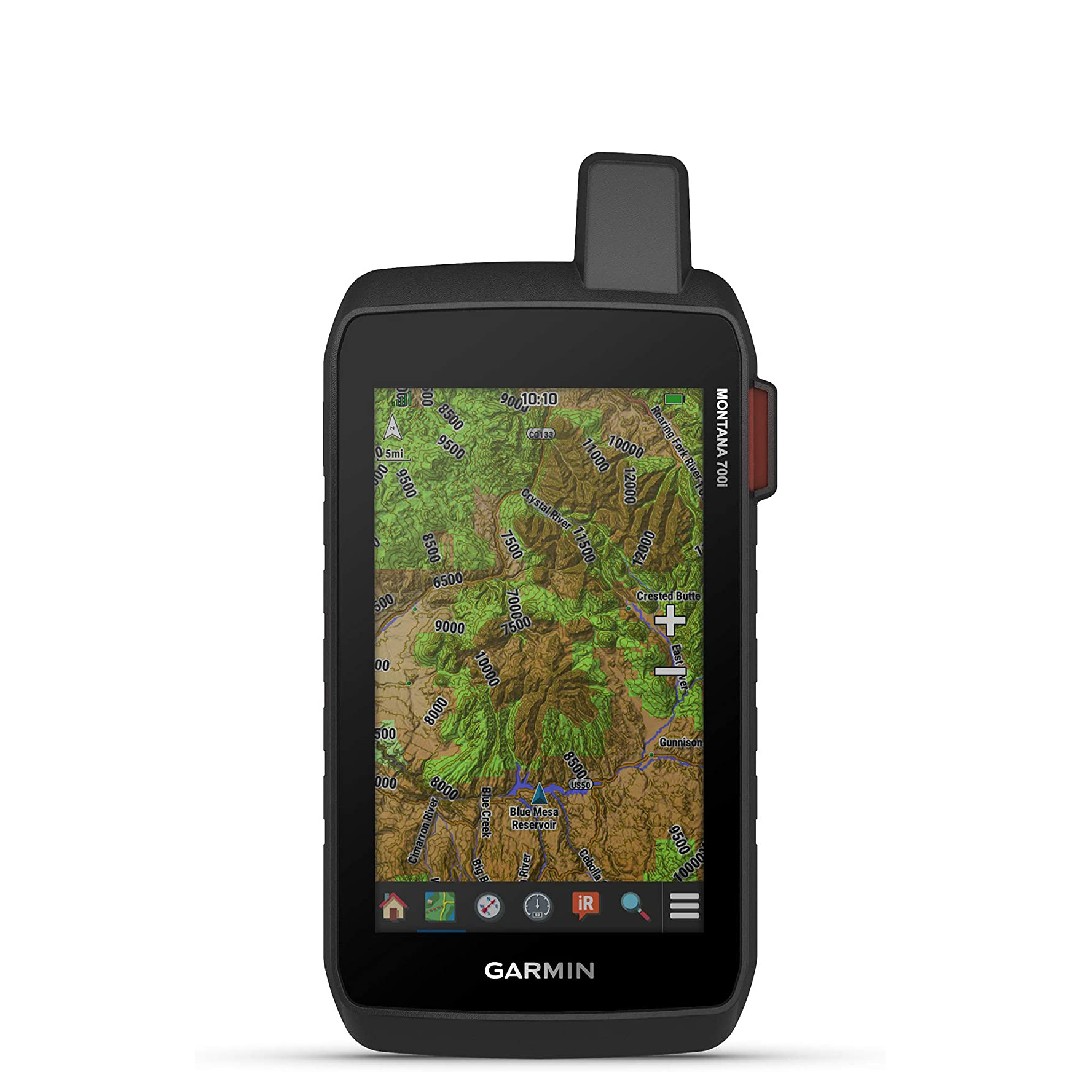
The Garmin Montana series is as feature-packed as we could imagine. The 700i features the inReach satellite messaging system which can be used to send text messages (or hail SOS) as simply as on a smartphone.
Read more below
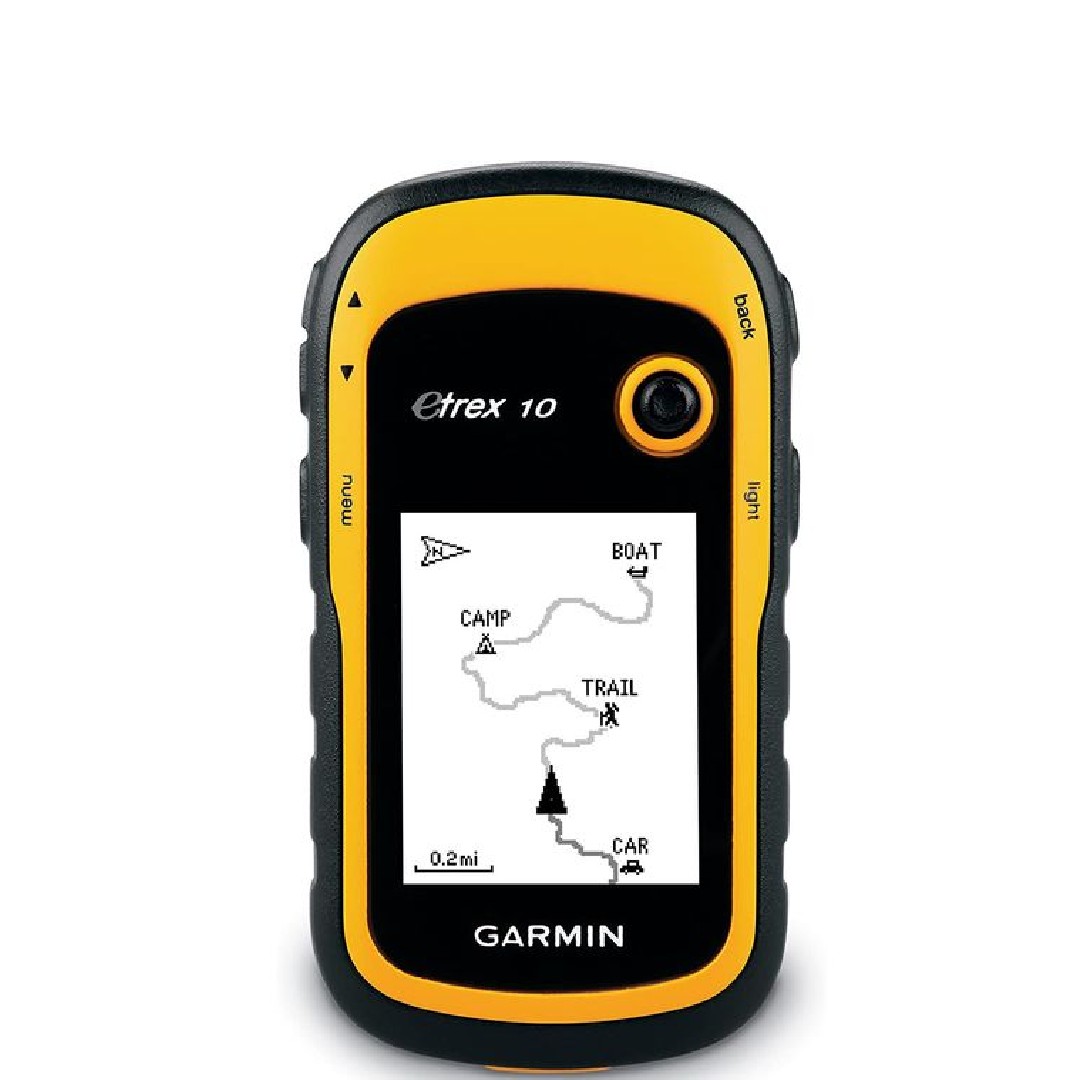
The Garmin eTrex 10 is a useful and rugged device that does the basics of letting you know where you are, for a very reasonable price. The mono screen is easily read in the sun and the menu is intuitive.
Read more below
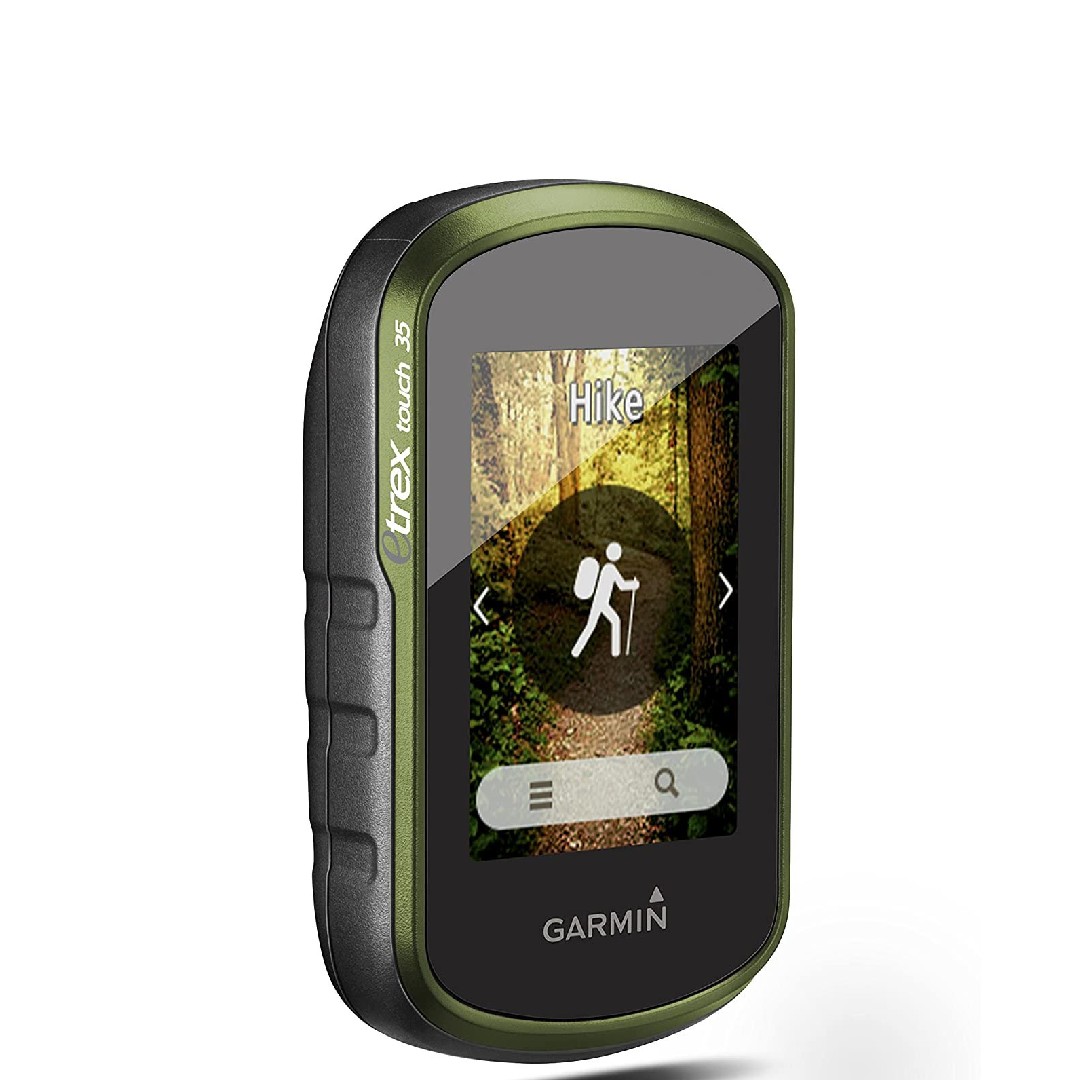
With a capacitive display that's clearly visible on a bright day, this feels a good deal more modern than the eTrex 10, and offers useful features you might not think possible in something so small.
Read more below
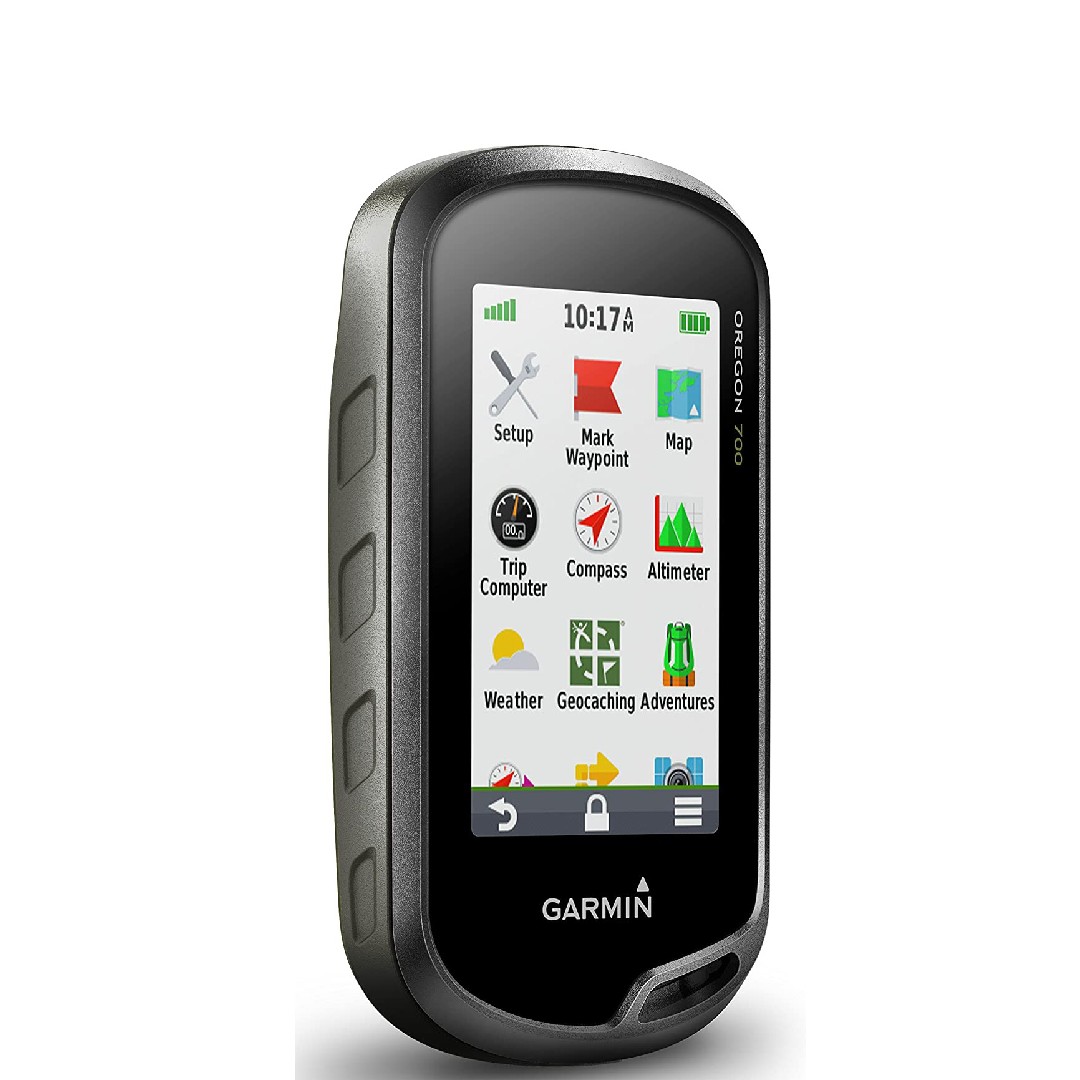
Garmin’s connectivity features are too many to list, but among them are a camera remote (get that selfie from a better angle), and active weather. There is ample storage for map tiles and satellite squares.
Read more below
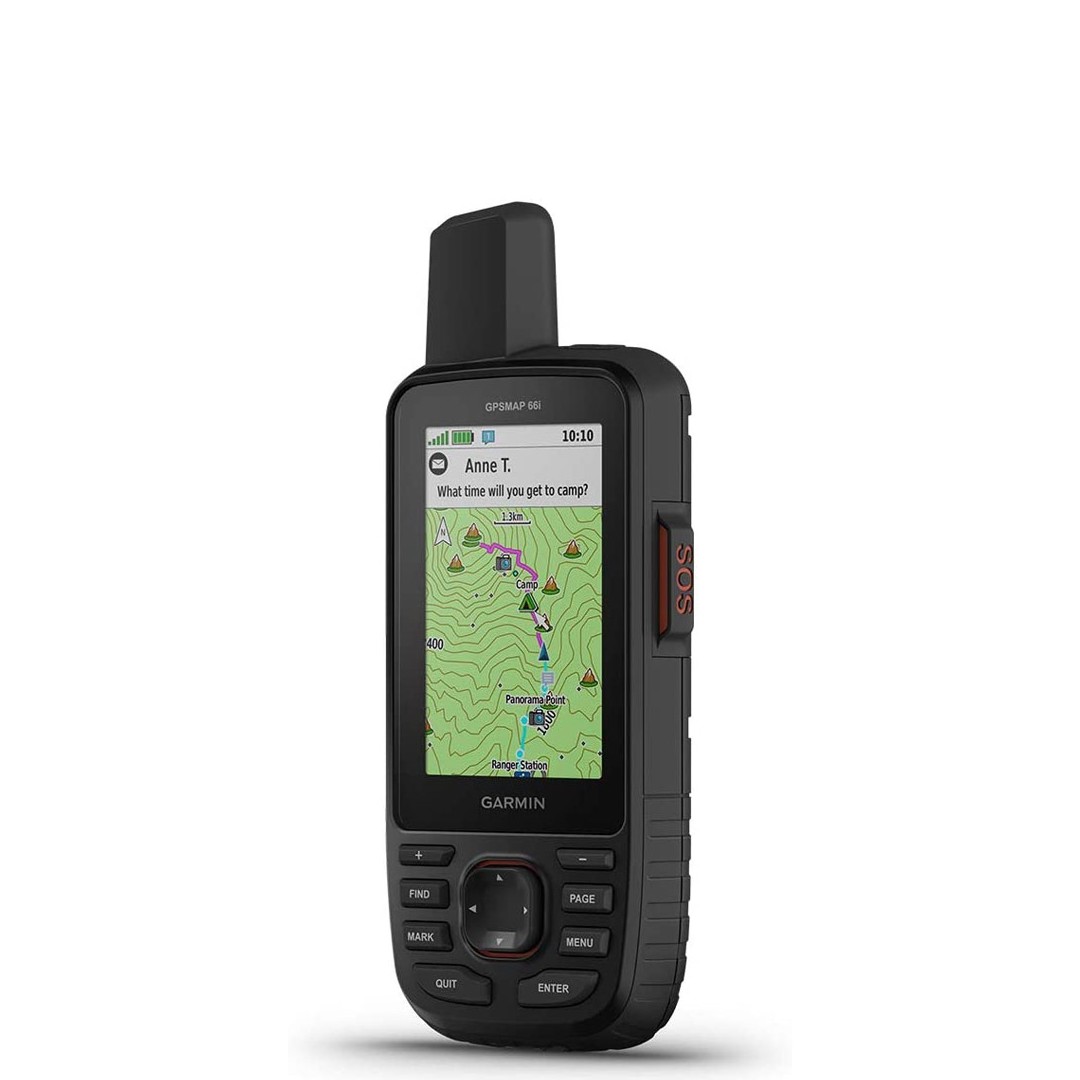
With storage for 15,000 map segments, mapping, routing, and the option of satellite comms (with a subscription) the rugged 66i is a device for all conditions. The InReach satellite system also provides weather predictions.
Read more below
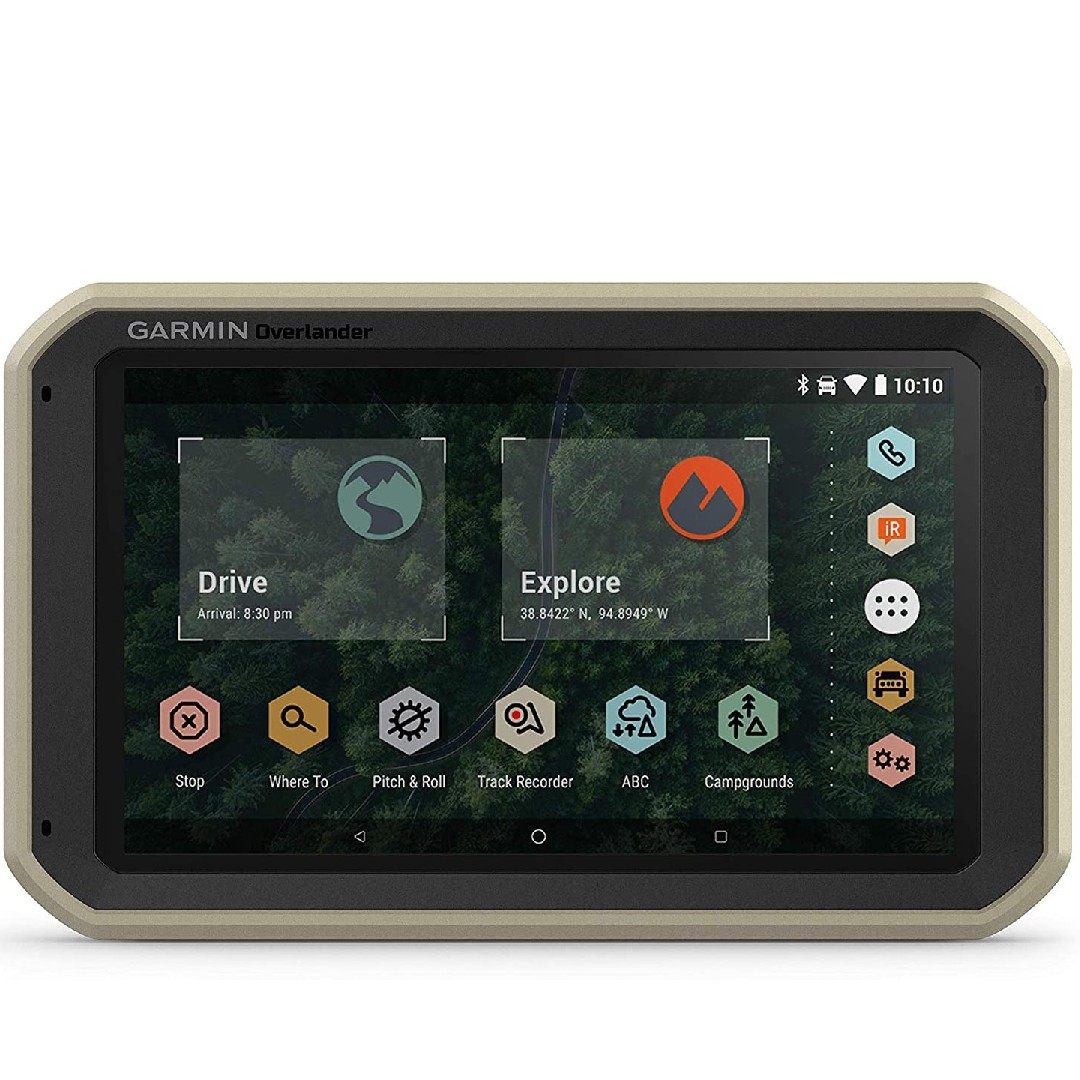
With storage for 15,000 map segments, mapping, routing, and the option of satellite comms (with a subscription) the rugged 66i is a device for all conditions. The InReach satellite system also provides weather predictions.
Read more below
Best handheld GPS device
Why you can trust Digital Camera World
Best handheld GPS overall
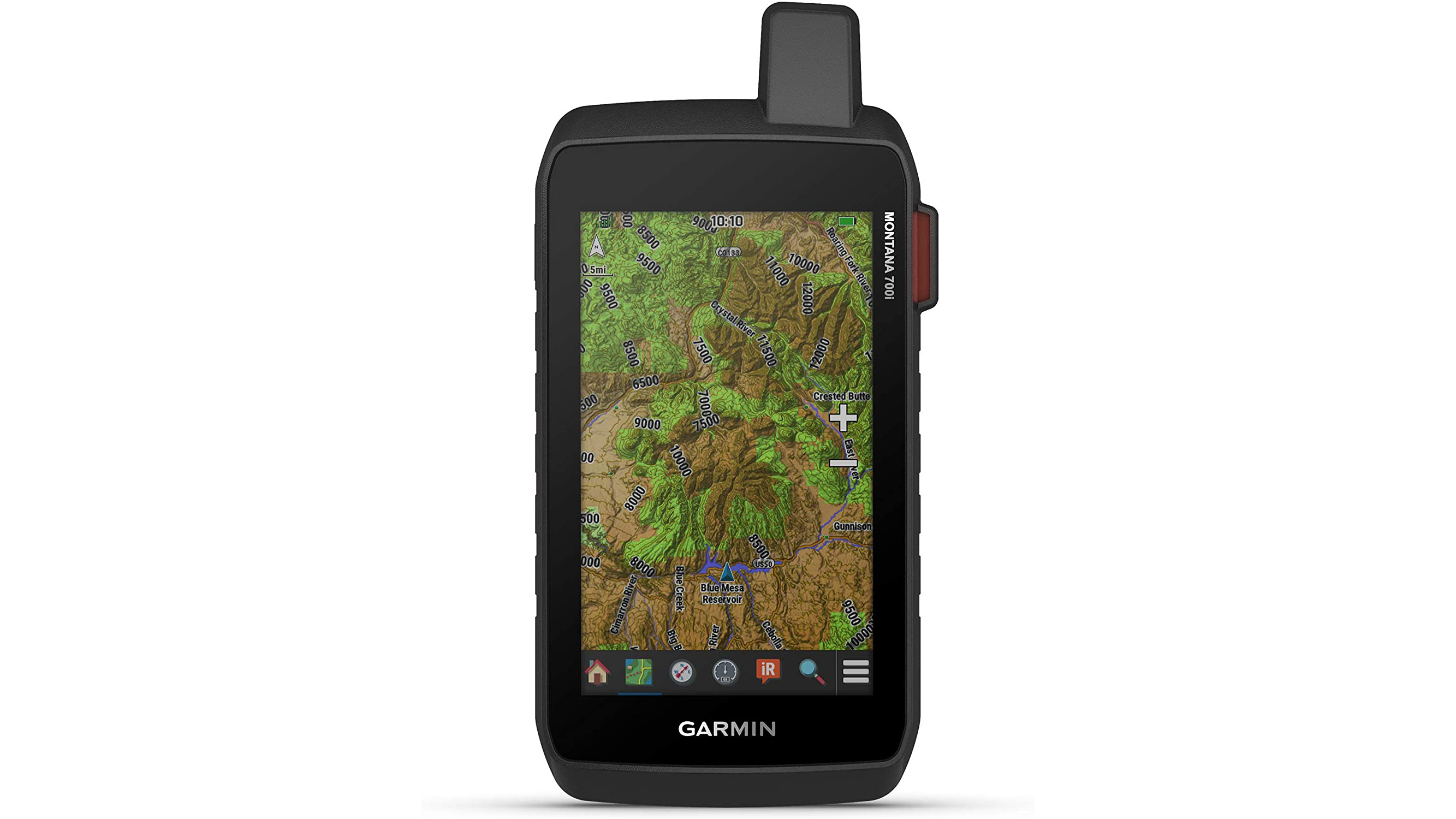
1. Garmin Montana 700i / 750i
Specifications
Reasons to buy
Reasons to avoid
The Garmin Montana series is a premium product and priced accordingly, but it also as feature-packed as we could imagine. We’re only talking about the two versions with an ‘i’ at the end of their names; these feature the inReach messaging system which can be used to send text messages (or hail SOS) as simply as on a smartphone. (inReach is a Garmin service which uses the Iridium® satellite phone network, and requires a subscription).
The 750i also sports an 8MP camera, and while it's a bit chunky, like a larger phone, the big screen is useful reading maps. We especially like that for longer expeditions the rechargeable battery can be replaced with traditional AA cells and – Garmin being Garmin – there are useful cellular integrations, including weather forecasts.
Best budget handheld GPS
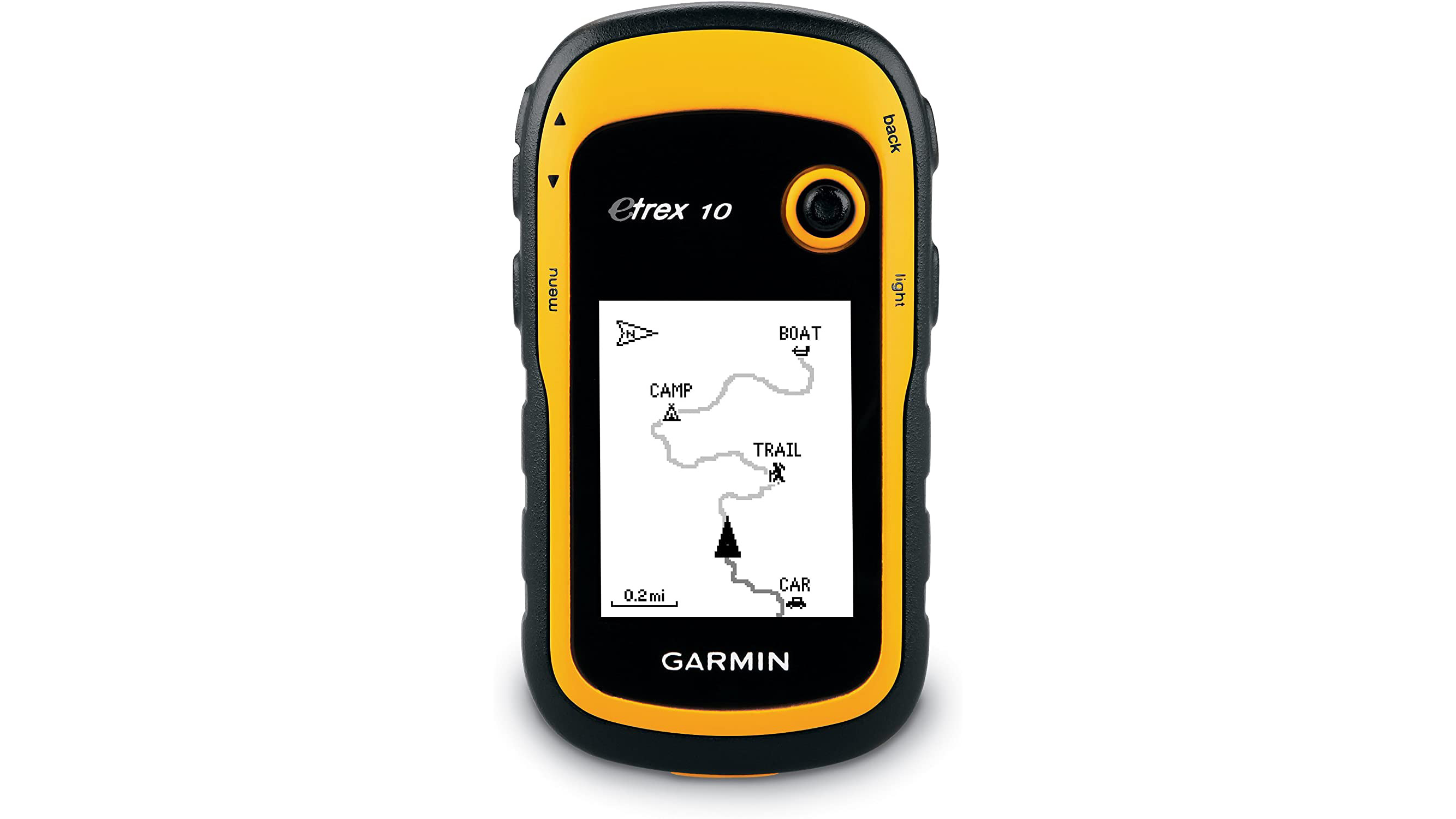
2. Garmin eTrex 10 Worldwide
Specifications
Reasons to buy
Reasons to avoid
If all you need from a GPS device is to know exactly where you are in comparison to where you’d hoped to be, the eTrex 10 is a useful and rugged device that will leave a significantly smaller hole in the wallet than many others.
It's nevertheless accurate, thanks to its use of GLONASS and WASS (in the US), and uses Garmin’s ‘HotFix’ tech, which aims to speed up getting a location by remembering roughly where you are. The device can be connected to Mac or PC via a USB cable (the socket is weather shielded) and geocaches downloaded from it (the memory of 2000 is more than adequate).
The mono screen is easily read in the sun and the menu intuitive, with modes for recreation, geocaching, automotive, marine and fitness.
Best value handheld GPS
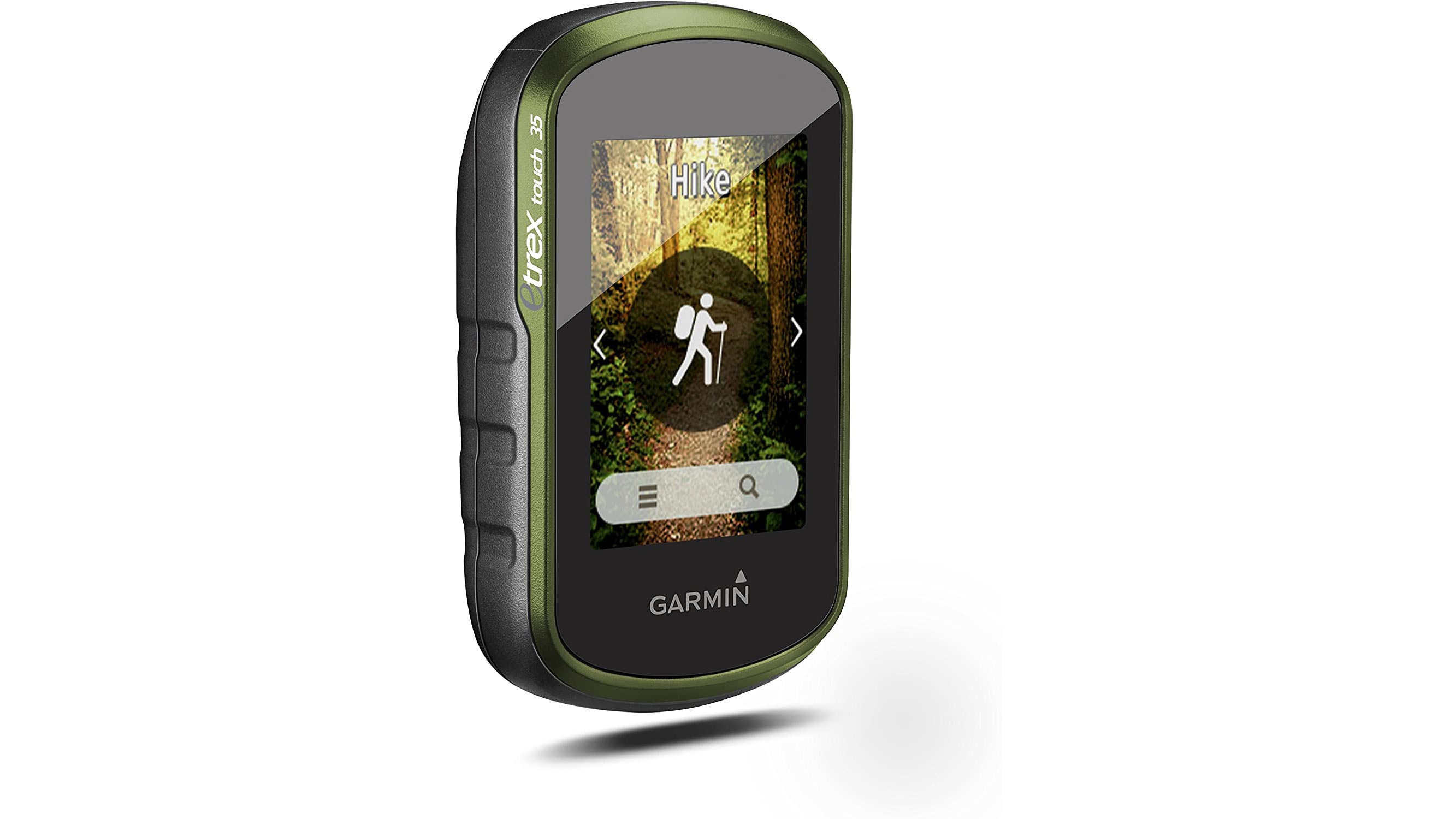
3. Garmin etrex Touch 35
Specifications
Reasons to buy
Reasons to avoid
With a capacitive display, the etrex Touch 35 feels a good deal more modern than the eTrex 10 (above), and offers useful features which you might not imagine possible in something so small. The 65K color reflective touchscreen is clearly visible on a bright day, and the map view can be set to rotate with the compass (as if you were holding the map to face the direction of travel), just like pricier devices.
The refresh rate isn’t amazing, but it’s adequate for hiking. Activity enthusiasts will also appreciate the ability to hook up ANT+ devices, while an altimeter ensures readings are thoroughly 3-dimensional. The US eTrex Touch edition even comes preloaded with 250,000 geocaching routes. (Note: the 35T means ‘topographic’ and includes topographic maps, while the standard 35 doesn’t).
Best handheld GPS for connectivity
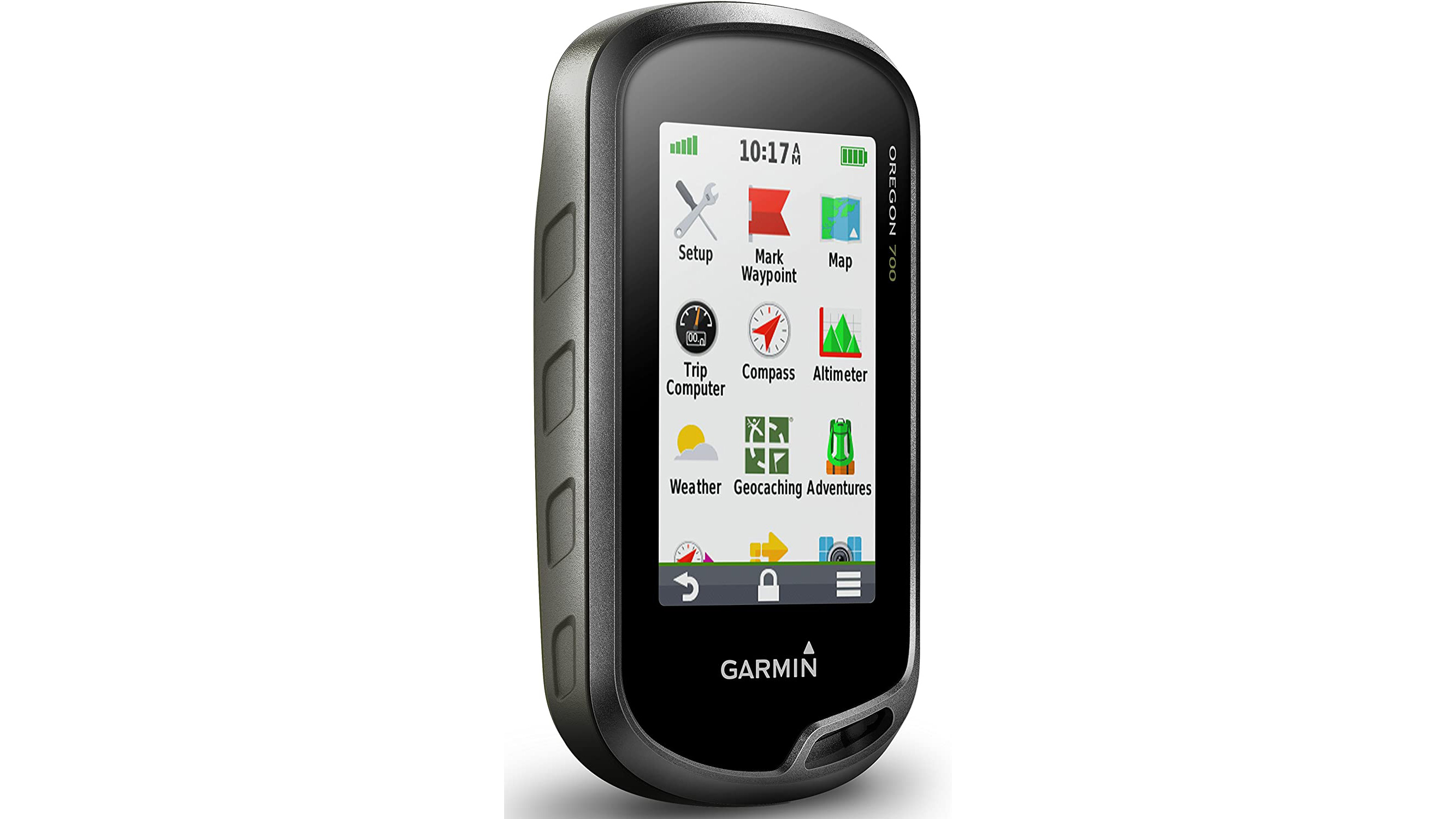
4. Garmin Oregon 700
Specifications
Reasons to buy
Reasons to avoid
A more modern device than those in Garmin’s eTrex series, this is built around a small touch screen and the idea that you’ll probably have your phone with you in your bag, and certainly that the most ‘natural’ way to interface with a feature-rich device is via icons and swipes like a smartphone. Indeed many will appreciate this until the rain really takes over.
Garmin’s connectivity features are too many to list, but among them are a camera remote (get that selfie from a better angle), and active weather. There is ample storage for map tiles and satellite squares and, of course, these can be quickly transferred from your phone as well as a ‘real’ computer; Geocache Live fans will also appreciate sharing their experiences faster.
Best for all conditions

5. Garmin GPSMAP 66i
Specifications
Reasons to buy
Reasons to avoid
With storage for 15,000 map segments, mapping, routing, and the option of satellite comms (with a subscription) the rugged 66i is a device for all conditions. The InReach satellite system can even be used to predict those conditions via the weather service. The buttons also mean operation isn’t weather or glove dependant, while Garmin fans will have access to Connect IQ – a home for data, widgets and apps, as well as smartwatch compatibility.
While only two of the four GNSS are used, the device does incorporate altimeter, barometer and 3-axis compass to ensure accurate position and direction. It also supports connections to your phone to download satellite photography to the device on demand.
Battery life is an impressive 35h tracking (and 200 in ‘expedition mode’). Ultimately this isn’t the cheapest out there, but it is flexible, and offers a bit more than the 64 series if you’re willing to pay.
Best for explorers

6. Garmin Overlander
Specifications
Reasons to buy
Reasons to avoid
Designed for driving with a hint of exploration, the Garmin Overlander has both in vehicle and ‘Explore’ modes. The former has the useful ability to serve as a monitor for a BC 35 backup camera, or warn when the vehicle is reaching its lean limits. You can set vehicle dimensions, weight (and those of the trailer) whenever you choose.
A POI database includes public campgrounds so this would make an ideal choice for mobile home owners, but off-roaders would be just as happy too, thanks to the room for USGS downloadable satellite maps and the three hours battery life which means you can pull the device from its powered magnetic mount and carry it with you into the great beyond.
FAQs
What is GPS?
Colloquially, GPS is often used it to mean all positioning satellites. But technically it refers to the American Global Positioning System. The EU, Russia and China all have their own alternatives; Galileo, GLONASS and BeiDou respectively. Devices that support multiple systems can offer better speed and accuracy. The collective term for these systems is GNSS; so GPS is just another GNSS.
What does a handheld GPS device do?
A handheld GPS device uses satellites to pinpoint your exact location on Earth. That makes it useful for outdoor activities like hiking, biking, and geocaching, where you might not have cell service for your phone. Benefits include reliable navigation without needing data, rugged construction for outdoor use, long battery life, larger screens for better viewing than a phone, and sometimes extra features like compasses and topographic maps.
My phone has GPS, so why do I need a separate device?
Smartphones with GPS are a good option for casual use. However, handheld GPS devices are better for serious outdoor enthusiasts. That's because they work even without cell service, are more durable, have much longer battery life when using GPS, and often have larger screens and buttons that are easier to use in challenging conditions. Some handheld GPS devices also have features such as barometers or compasses for improved navigation.
How to choose the best handheld GPS device
Choosing the right handheld GPS for you depends on what you'll be using it for. For casual hikers, a user-friendly device with basic topographic maps may suffice. Serious adventurers or those in remote areas will need a more rugged GPS with features like a long battery life, a large screen, and the ability to load detailed maps.
Also consider if you'll need extra features like a compass or satellite messaging for emergencies. Think about how easy the buttons and menus are to navigate, especially if you'll be using them while wearing gloves. And remember, a smartphone with GPS can work in a pinch, but a dedicated handheld GPS offers superior durability, reliability, and features for serious outdoor enthusiasts.
How we test handheld GPS devices
Testing handheld GPS devices goes beyond a walk in the park. We put them through their paces in real-world environments, from dense forests to mountain peaks. Reception strength is crucial, so we test accuracy in various conditions. Ease of use is key, so menus and interfaces are scrutinized. We assess battery life during extended outings, and compare weight, size, and display quality to see which devices offer the best user experience for adventure.
Read more
Best laser rangefinders
Best travel cameras
Best helmet cameras
Best satellite phones & communicators
Best walkie talkies
Get the Digital Camera World Newsletter
The best camera deals, reviews, product advice, and unmissable photography news, direct to your inbox!

With over 20 years of expertise as a tech journalist, Adam brings a wealth of knowledge across a vast number of product categories, including timelapse cameras, home security cameras, NVR cameras, photography books, webcams, 3D printers and 3D scanners, borescopes, radar detectors… and, above all, drones.
Adam is our resident expert on all aspects of camera drones and drone photography, from buying guides on the best choices for aerial photographers of all ability levels to the latest rules and regulations on piloting drones.
He is the author of a number of books including The Complete Guide to Drones, The Smart Smart Home Handbook, 101 Tips for DSLR Video and The Drone Pilot's Handbook.
